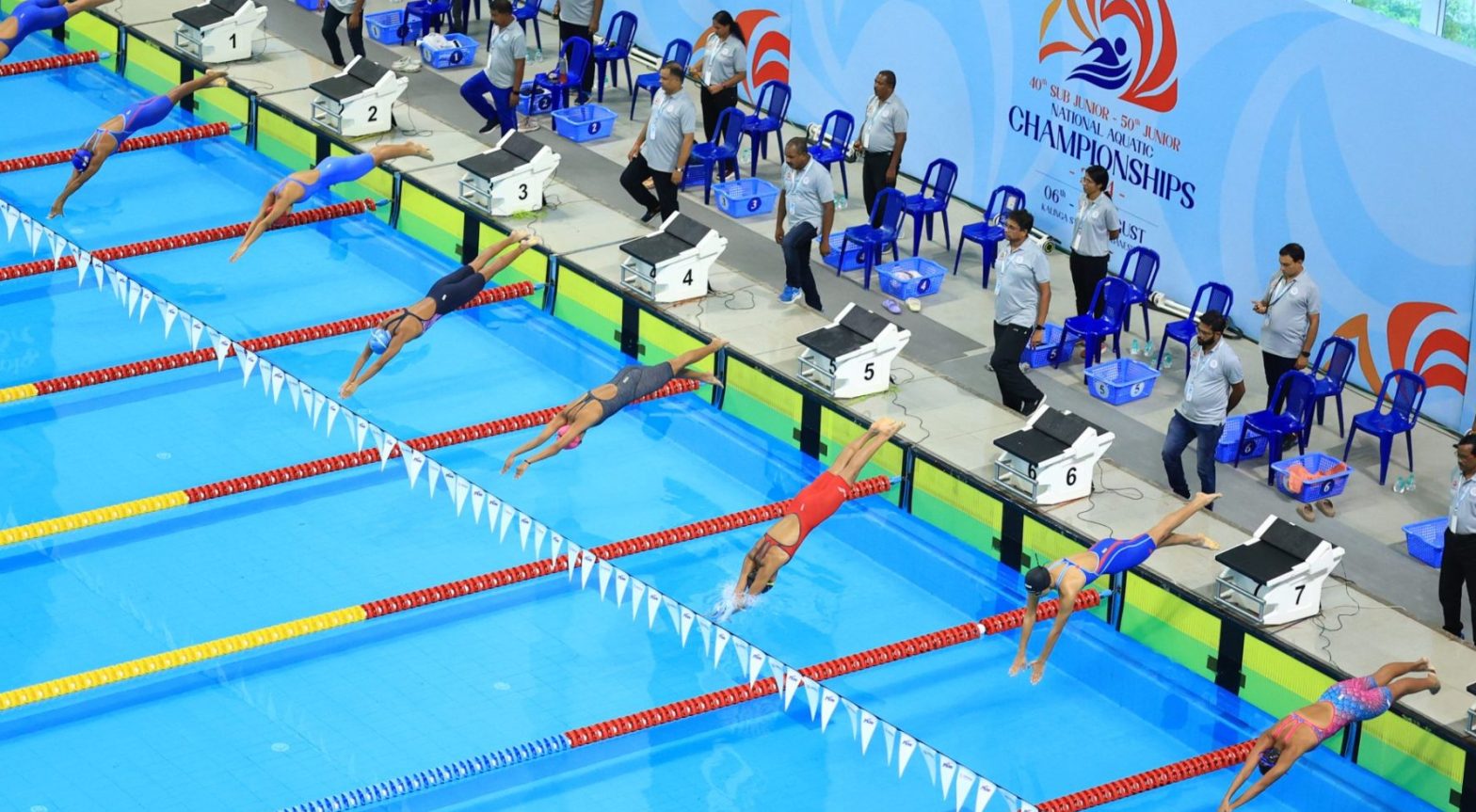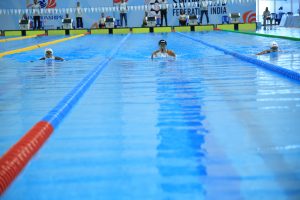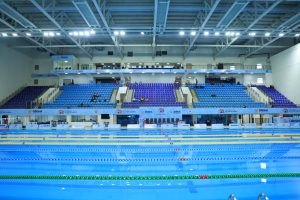National Aquatic Championship event organized By CSN India

The 40th Sub-Junior and 50th Junior National Aquatic Championships were held from August 6 to 11, 2024, at the Aquatic Centre in Kalinga Stadium, Bhubaneswar, Odisha. This six-day event showcased the talents of young swimmers from across India, competing in various disciplines including swimming, diving, and water polo.Organizing a large-scale event like the National Aquatic Championship requires meticulous planning, coordination, and execution to ensure its success. Below is an overview of the event management efforts by CSN INDIA involved in hosting such a championship and making it a great success.

-
Planning and Approval Process
Before the event, organizers must secure approvals from relevant authorities, such as national aquatic federations and local government bodies. This includes:
Submitting applications for venue use and ensuring compliance with safety and navigation regulations for aquatic events.Coordinating with World Aquatics (formerly FINA) or other governing bodies to align with international standards and competition regulations.
-
Venue Selection and Preparation
The championship venue must meet technical and logistical requirements: Facilities like swimming pools, diving boards, and water polo arenas must adhere to competition standards.Safety measures, including lifeguards, medical teams, and emergency response plans, are critical. Technology setup for timing systems, broadcasting equipment, and spectator seating arrangements is essential.
-
Event Scheduling and Logistics
A detailed schedule ensures smooth execution: Timely coordination of heats, semifinals, and finals for various disciplines like swimming, diving, and water polo.Efficient transportation arrangements for athletes, officials, and spectators. Accommodation planning for participants traveling from different regions or states.
-
Volunteer Management
Volunteers play a crucial role in event operations: Recruiting and training volunteers to assist with tasks like registration, crowd control, athlete support, and technical operations.Providing uniforms, meals, and transport reimbursement as part of volunteer benefits.
-
Post-Event Wrap-Up
After the championship concludes: Conducting debrief sessions to evaluate successes and areas for improvement. Recognizing volunteers and staff contributions through appreciation events or certificates. By focusing on these aspects, organizers can ensure that the 40th National Aquatic Championship not only runs smoothly but also leaves a lasting impact on athletes, spectators, and the broader aquatic sports community.

Challenges during the national aquatic championship
Venue and Infrastructure Challenges
Facility Standards: Ensuring the venue meets international competition standards for swimming pools, diving boards, and water polo arenas can be demanding. The infrastructure must include proper timing systems, seating arrangements, and athlete warm-up areas.
Accessibility: Athletes and spectators often face logistical issues, such as long travel distances to the venue and inadequate parking facilities, which can impact participation and attendance.
Athlete-Centric Issues
Environmental Adjustment: Athletes competing away from home may struggle with unfamiliar environments, including different time zones, sleeping arrangements, and dietary options. These factors can affect their performance.
Preparation Challenges: Swimmers must deal with compromised warm-up conditions, crowded practice lanes, and the pressure of performing multiple events in a single day.
Volunteer and Staff Coordination
Recruiting and training volunteers to manage tasks such as registration, crowd control, and technical operations is labor-intensive.
Managing large teams of officials, coaches, and support staff requires clear communication and coordination.
Financial Constraints
Securing sponsorships and funding for a large-scale event is often challenging. Costs include venue rentals, equipment upgrades, athlete accommodations, and marketing expenses.
Athlete Welfare
Educating athletes on recovery strategies like optimal sleep patterns, nutrition plans, and mental health management is crucial to ensure peak performance during the event.
Conclusion
The 2024 National Aquatic Championships, organized by CSN India, successfully highlighted the growing talent and competitiveness in Indian swimming. With record-breaking performances, intense team rivalries, and outstanding individual achievements, the event reinforced India’s Progress in aquatic sports. Karnataka’s dominance in the senior category and Maharashtra’s rising stars in the junior category demonstrated the depth of talent across the nation. The championships not only provided a platform for young swimmers to showcase their skills but also set new benchmarks for excellence. As Indian swimming continues to evolve, such events play a crucial role in nurturing future champions and promoting the sport nationwide.
